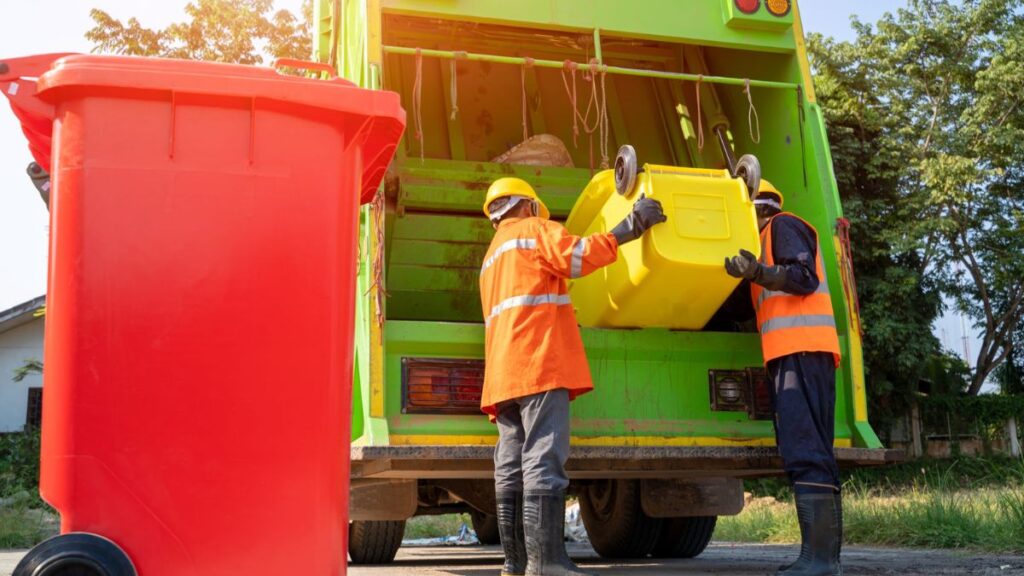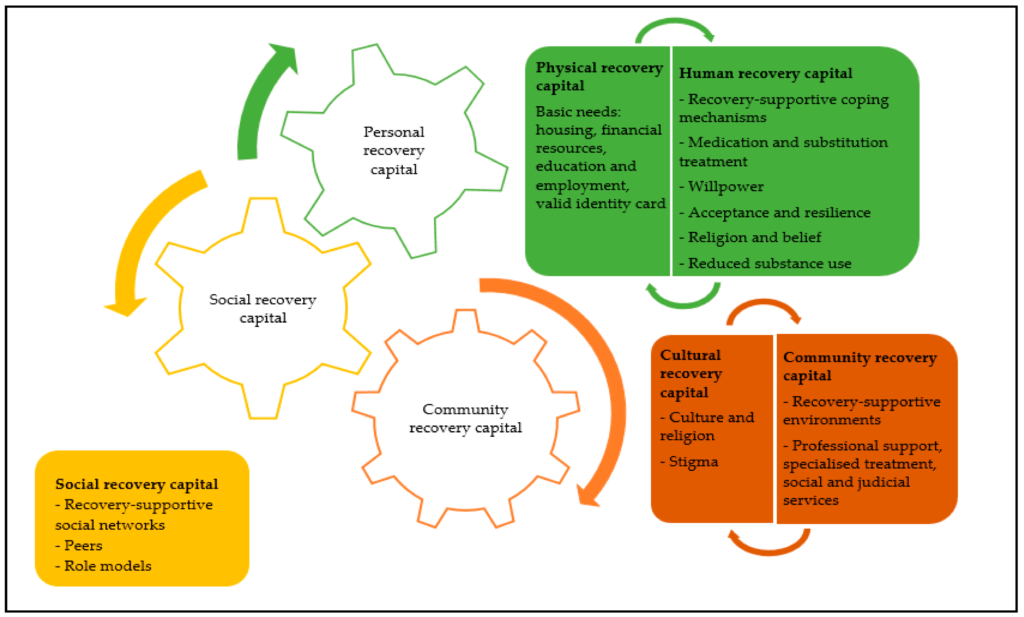Introduction
One major issue influencing public health as well as the surroundings is waste disposal. Effective and sustainable waste management solutions become even more important as populations rise and urbanization drives forward. Although conventional waste disposal techniques include landfilling and incineration can be costly, municipalities and people can choose several reasonably priced substitutes. Five strategies that not only help to reduce expenses but also support environmental sustainability are investigated in this article.
1. Recycling: Turning Waste into Resources
Among the most often used and efficient ways to dispose of waste is recycling. Recycling lessens the amount of waste dumped into landfills by gathering, processing, and reusing goods, therefore preserving natural resources. Recycling initiatives aiming at common items such paper, glass, plastics, and metals can be carried out by communities.
Local recycling centers can help to drastically lower transportation expenses since people can drop off recyclable items instead of depending on expensive curbside pickup services. Many governments also give financial grants or incentives to assist in recycling projects. Apart from saving waste disposal costs, recycling generates employment in the recycling sector, supporting the local economy. Skip hire Tameside has the best team for recyling waste.
2. Composting: Organic Waste Management
One great approach to handle organic waste including yard waste and food scraps is composting. Communities may help to lower the organic material that ends up in landfills, where it fuels greenhouse gas emissions, by turning this waste into nutrient-rich compost.
One low-cost approach for handling organic waste is establishing community composting projects. Residents can help by gathering yard waste and kitchen leftovers, which can either be home composted or centralized. To inspire citizens to get involved, many towns provide free or cheap compost containers. Compost, the final result, can be applied to improve soil in parks, gardens, and communal settings so establishing a sustainable cycle that helps the surroundings.
3. Waste-to-Energy: Converting waste into Power
By turning non-recyclable waste into either heat or power, waste-to– energy (WtE) technologies offer a creative way to waste disposal. Although WtE plants’ initial setup can be capital-intensive, their long-term savings from lowering disposal expenses and producing renewable energy outweigh their capital-intensity.
Municipalities can team with companies to make investments in WtE facilities running advanced technologies such as gasification, anaerobic digestion, or incineration. By generating electricity that can be put back into the grid, these facilities can drastically cut the amount of waste that needs to be disposed of. WtE is a convincing choice for communities trying to manage waste sustainably since the cost savings from producing electricity from waste can be significant as energy costs climb.
4. Source Reduction: Minimizing Waste Generation
Waste prevention, sometimes known as source reduction, aims to minimize waste created right at its source. Since it removes the need for further waste management procedures, this method is usually the most affordable one for waste disposal.
Significant waste reductions can result from teaching people and companies about behaviors such as buying in bulk, selecting products with little packaging, and adopting reusable goods. Through awareness campaigns, seminars, and incentives for companies embracing waste-minimizing policies, local governments can help to encourage source reduction. Furthermore helping to lower waste generation is putting policies encouraging durability and recyclability for product design.
5. Community Cleanup Initiatives: Engaging Local Efforts
Community cleanup projects not only improve areas but also provide a reasonably priced way to dispose of waste. Planning volunteer activities to gather waste and clean public areas helps lower illegal dumping and foster community pride by means of rubbish collecting.
By supplying waste bags, gloves, and disposal services for gathered rubbish, local governments can support these projects. Working with local companies, community groups, and educational institutions will help to increase resident ownership and magnify efforts. Furthermore, these programs can promote sensible disposal methods and increase knowledge of the need of waste management, therefore improving the surroundings.
Conclusion
Not only using affordable waste disposal techniques is financially advantageous, but they also help to create sustainable communities. Individuals and local governments can help to properly manage waste by including recycling, composting, waste-to– energy technology, source reduction, and community cleanup projects.
Adopting these creative and sustainable ideas will be very important in lowering waste, preserving resources, and safeguarding our earth for next generations as environmental issues keep expanding. Eventually, the move toward more efficient waste disposal techniques will help to create a sustainable future and better communities.









